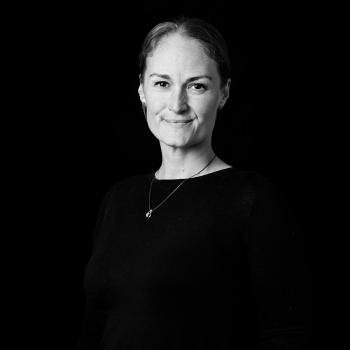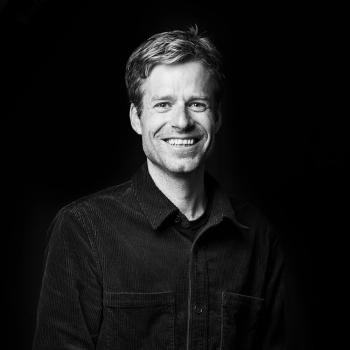What does art mean to you?
To answer this question, we have developed a method for examining the thoughts and emotions that arise when people are exposed to the visual and performing arts, as well as how it enriches their lives and inspires them.
The method is based on the research of the UK-based Centre for Cultural Value and is developed in collaboration with the Seismonaut consultancy. In 2020, Seismonaut carried out studies of the signifiance of the visual arts as a pilot project in Odense, Vejle and Aalborg councils. Since then, studies have been carried out in Bornholm, Esbjerg, Holstebro, Ishøj, Viborg and Aarhus councils. The data were obtained through observations, interviews and conversations with a total of 200 people in connection with their visits to visual-arts institutions in the nine councils.
A variant of the method was developed for the performing arts and used in studies in Odense, Vejle and Aalborg councils. These studies are based on observations, interviews and conversations with 65 people. Both sets of studies found that art can expand our horizons and give us new insights into social or ethical issues. It can help us express our emotions and provide space for contemplation and reflection. And it can bring people together and kindle discussion.
The reports about the significance of visual and performing arts are available below. You can also download presentations and tools you can use if you would like to apply the findings and the method as part of your own involvement with the arts.
Visual arts
– Kunsthal Aarhus
– ARKEN Museum of Modern Art, Ishøj
– Bornholm Museum of Art
– Esbjerg Museum of Art
– Holstebro Museum of Art
– KUNSTEN Museum of Modern Art, Aalborg
– Kunstmuseum Brandts
– Vejle Museum of Art
– Viborg Kunsthal
Performing arts
– Teater Momentum (Odense)
– Teater Nordkraft (Aalborg)
– Vejle Music Teatre
The two methodical tools below contain advice for asking questions, as well as useful tips and recommendations for collecting and processing qualitative data about the visual and performing arts. By carrying out your own local study, you expand the knowledge base that you can draw on when having conversations about the significance of art.
The study’s qualitative approach is inspired by Britain’s acclaimed Centre for Cultural Value, whose research forms the foundation for the compass of significance. The compass explores the four dimensions in which art can be significant for the individual: emotions, thoughts, inspiration and enrichment. Data are collected through observation and short interviews, “walk-alongs” with people attending exhibitions, conversation salons and by attending performances together with study participants.




and visual arts
Read more about the Bikuben Foundation’s work to create opportunities for professional artists and art institutions.




















